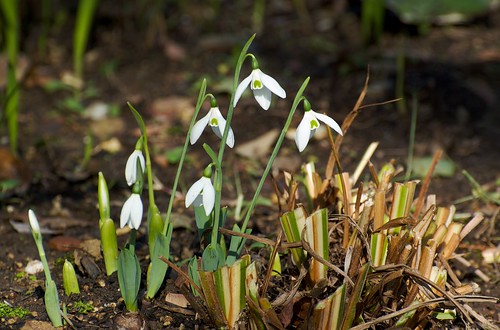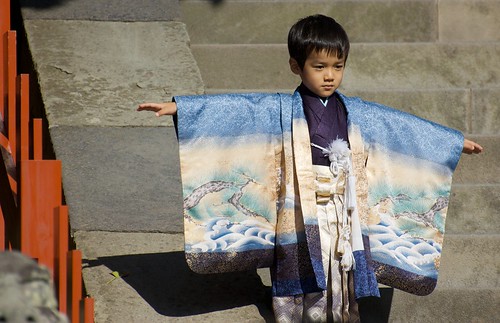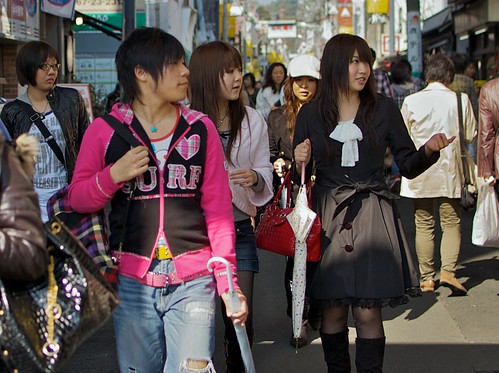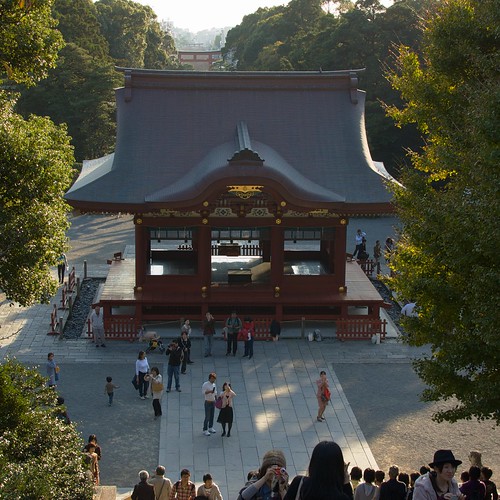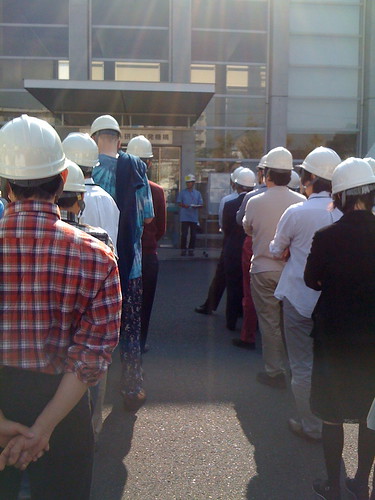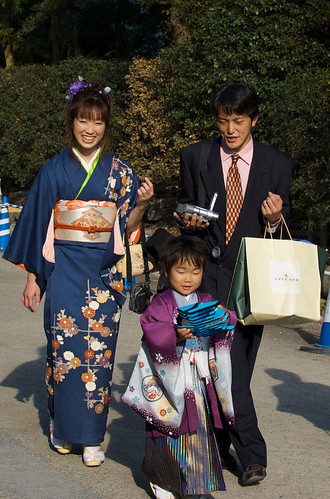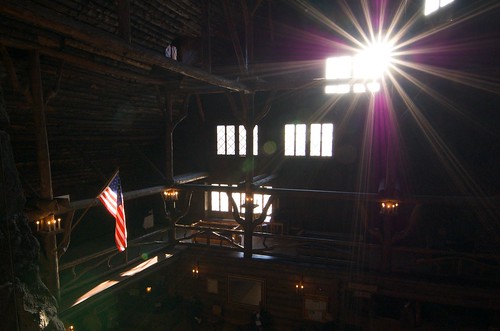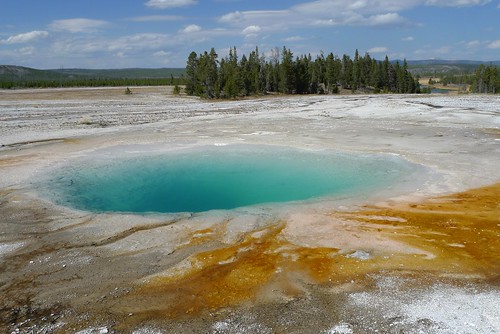The Klotzbach et al paper (previous
here) is finally published, and seems to have
kicked off something of a blogstorm again.
As you may recall, when the preprint was first publicised, Gavin Schmidt
quickly identified an error in the analysis. The paper looks at the difference in trend between surface and troposphere, and the claim that this points to some previously-unexplained factor (which they ascribe to "bias" in the surface measurements, see below) depends on the "expected" amplification factor of 1.2 which is derived from models.
As Gavin pointed out, however, the factor of 1.2 does not apply over land (his model's ratio is 0.95) which eliminated half of their effect at a stroke. K09 originally appeared to accept this (see
table in blog post) so it was surprising to see that they hadn't bothered to correct this for the final version of the paper. They made several other changes later than that exchange, so it's not like they didn't have the opportunity.
K09 have now replied by
claiming that Gavin's correction isn't correct after all, and they "understand" from McKitrick that the original 1.2 value is appropriate for the region they were considering. It is odd enough that they didn't clarify this in the paper, but what is even more bizarre is their repeated claim the different values don't matter, since clearly Gavin's value knocks off half of the claimed discrepancy at a stroke.
Ross McKitrick seems pretty embarrassed by the whole affair. All he did was write an informal email to one of the authors, which he never intended to be made public, and he seems to have been as astonished as Gavin was to find his calculations used as the basis for the analysis in K09. He thinks it was inappropriate for them to have used his numbers, which he now acknowledges are incorrect. His new values are contradicted by Gavin's, and I know who I'd place my money on (McKitrick's numbers imply a global mean factor of about 1.45, far higher than the generally accepted figure, and he's had
difficulties with such complex issues as area-weighting in the past). But irrespective of the numbers themselves, it is staggering that K09, having been alerted to the problem by Gavin, didn't bother to check for themselves, preferring to publish the disputed values first and correct (or not) later. Of course this "see no evil" strategy means they have made McKitrick look stupid for the error, and whatever you feel about his contribution to climate science in general it's hard to not feel some sympathy for him in this case. It is shameful of K09 to hide behind McKitrick in this way rather than performing the calculation themselves if they won't accept Gavin's figures.
Distinct from the dispute over those numbers, there are some more rather amusing changes to the paper, in that the interpretation of the Lin et al 2007 results has been reversed. Originally (and repeatedly) touted as supporting the hypothesis of Pielke and Matsui 2005 (and don't forget that Pielke and Matsui were co-authors on L07), it was noted by Urs Neu out that this interpretation of the analysis was based on a sign error. When correctly interpreted, the L07 results actually
oppose the PM05 hypothesis, which at a minimum demonstrates that if the PM05 effect really existed, it is not large compared to other local influences.
As a result of this belated realisation, there are some changes to the K09 paper. What was originally written was:
This was documented in Lin et al. [2007] who found from observational data that monitoring long-term near-surface daily minimum temperature trends at a single level on light wind nights will not produce the same trends as for long-term temperature trends at other heights near the surface. For instance, were the data from Lin et al. [2007] to be representative of biases in other station measurements taken at one height, then about 30% of the tropospheric warming during the 20th century reported by the IPCC would be explained as the result of this factor. A warm bias would occur even for daytime maximum temperatures for land locations at high latitudes during the winter when the surface temperature profile remains stably stratified all day.
One might think that correcting the sign error would naturally lead to
This was documented in Lin et al. [2007] who found from observational data that monitoring long-term near-surface daily minimum temperature trends at a single level on light wind nights will not produce the same trends as for long-term temperature trends at other heights near the surface. For instance, were the data from Lin et al. [2007] to be representative of biases in other station measurements taken at one height, then the tropospheric warming during the 20th century reported by the IPCC would be underestimated by about 30% as the result of this factor. A cold bias would occur even for daytime maximum temperatures for land locations at high latitudes during the winter when the surface temperature profile remains stably stratified all day.
But of course they couldn't bring themselves to say that, so instead the paper now reads:
This was documented by Lin et al. [2007] who found from observational data that monitoring long-term near-surface daily minimum temperature trends at a single level on light wind nights will not produce the same trends as for long-term temperature trends at other heights near the surface (although it was a cool bias in that data for the time period and location examined). A warm bias could occur even for daytime maximum temperatures for land locations at high latitudes during the winter when the surface temperature profile remains stably stratified all day.
Funny how this inconvenient result is now relegated to a "time period and location examined" when it was previously hypothesised to be representative of the global picture.
There were no fewer than three other places where L07 was originally cited as being consistent with the K09/PM05 hypothesis, but it would obviously have been too painful for them to mention that their own observations of boundary layer lapse rates contradict their theory. Therefore, these statements have just been deleted.
It is particularly curious that the contribution of Urs Neu (who corrected this sign error) is nowhere acknowledged. Perhaps he requested that his name was not mentioned, but otherwise this omission sits uncomfortably with (in particular) RPJr's willingness to
throw accusations of plagiarism around at others.
Yet another error is the
repeated mis-attribution of comments from Santer et al (2000) as coming from Santer et al (2005). The significance of this is that back in 2000, there was still a rather large discrepancy between satellite observations (and specifically between the UAH analysis and the expected tropospheric amplification), for which people put a lot of effort in to trying to think up plausible explanations. Of course a large part of this discrepancy was fixed, when it was discovered that another sign error in the UAH analysis had understated the trend (BTW, anyone notice a pattern here?), largely reconciling the problem. By giving the wrong reference, K09 gives the wholly misleading impression that many scientists in 2005 disagreed with this reconciliation. In fact,
Santer et al 2005 (and accompanying papers) was this reconciliation!
So it seems we have a hypothesis about a significant decrease in lapse rates in the boundary layer which
even were it true, has no real impact on predictions of climate change but anyway is (a) not supported by any theoretical calculations (since
the PM05 calculation is simply inapplicable), and (b) actually opposed by the observational evidence on lapse rates that the proponents themselves have analysed (as L07 had a sign error). It seems that only one thing has remained a constant amongst the blizzard of errors and bluster, and that is Roger Pielke Sr's unshakeable beliefs that the surface temperature record is wrong, and that the fact that his nonsensical "research" on this has been ignored by the scientific community is evidence of some conspiracy to cover it all up. Perhaps this is what "Pielke Climate Science" means. I prefer the
traditional approach.
